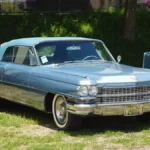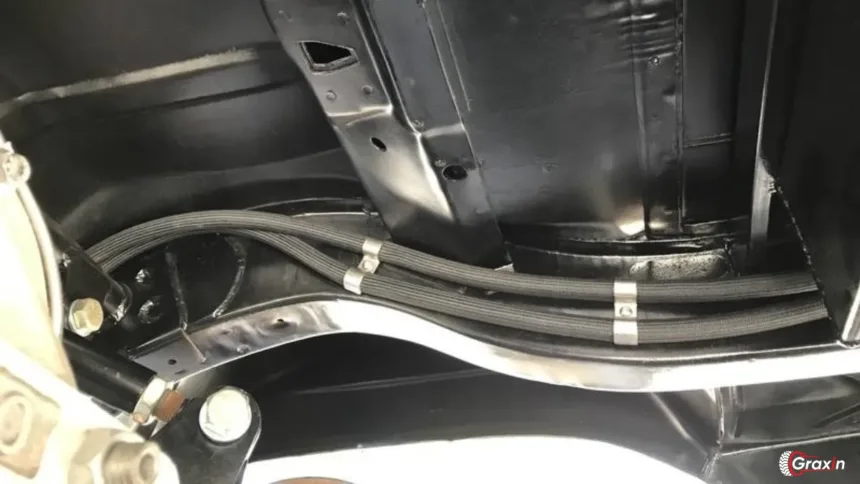The fuel line is incorporated into every car’s fuel system. For a smooth cruise in any sleek sedan, rugged truck, or classic muscle car, it will be there in the body of the car to play its vital role in ensuring that the engine gets adequate fuel to drive optimally. The article deals with fuel lines, their type, maintenance, and potential for trouble, along with expert advice that helps your vehicle go smoothly from the very start. Buckle up and get ready to ride!
What is a Fuel Line?
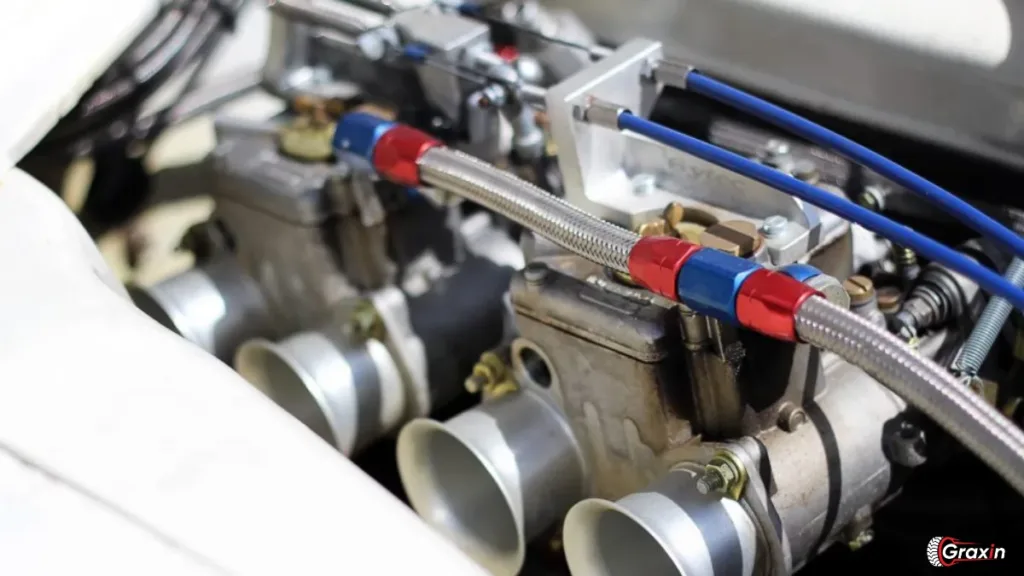
Fuel lines are hoses or pipes that convey the fuel to the engine from the fuel tank. They must bear many extreme temperatures, pressures, and corrosive fluids, among other factors, hence their construction also goes an equal way in performance.
Types of Fuel Lines
Fuel lines generally come in three primary types: metal, rubber, and composite. Each type serves specific needs and offers unique benefits and drawbacks.
- Metal Fuel Lines
- Typically made from copper or steel, metal lines are highly durable and resistant to high pressure and temperature.
- They are often found in older vehicles or heavy-duty applications where reliability is paramount.
- Rubber Fuel Lines
- Commonly used in most modern vehicles, rubber fuel lines are flexible and easy to install.
- However, they can degrade over time due to exposure to fuel and environmental conditions, leading to leaks.
- Composite Fuel Lines
- These lines combine materials like plastic and rubber to offer the best of both worlds: flexibility and durability.
- Composite lines are becoming increasingly popular due to their resistance to corrosion and fuel additives.
How Fuel Lines Work
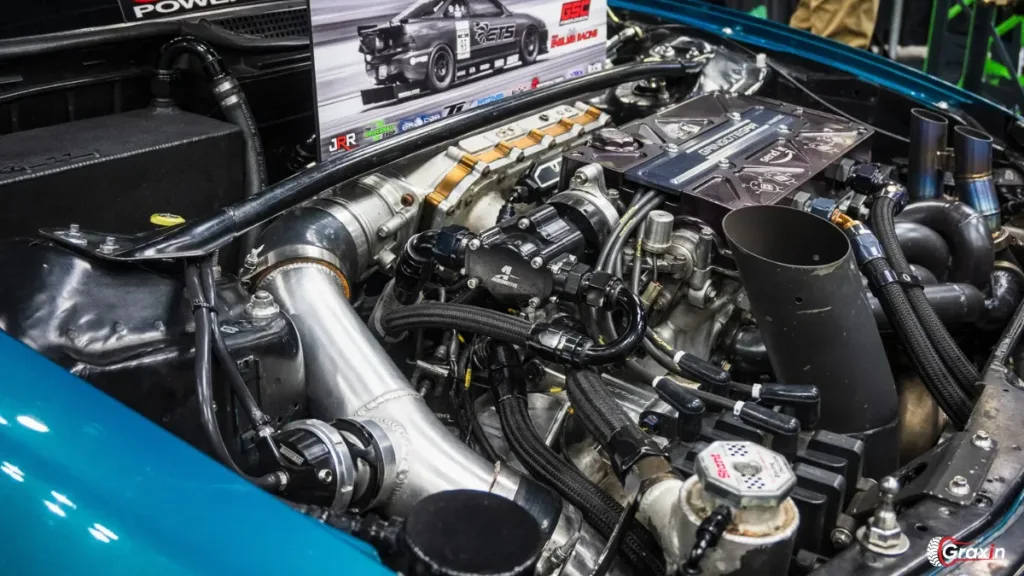
Fuel lines create an enclosed path for the fuel, so that when in use, it will not leak. That is how enough fuel reaches the engine at the time of combustion. The functioning of the fuel pump forces the fuel from the tank through the fuel lines into the engine and mixes with air to cause combustion.
Common Issues with Fuel Lines
Understanding potential problems with fuel lines can save you time, money, and frustration. Here are some common issues you might encounter:
1. Leaks
One of the most common problems with fuel lines is leaks. A leaky fuel line can lead to decreased engine performance and pose a significant fire hazard.
- Causes of Leaks:
- Age and wear of rubber lines.
- Physical damage from road debris or accidents.
- Corrosion in metal lines.
2. Clogs
Fuel lines can become clogged due to dirt, debris, or rust particles, hindering fuel flow to the engine.
- Signs of Clogging:
- Engine misfires.
- Reduced acceleration.
- Stalling or difficulty starting the engine.
3. Cracks and Damage
Cracks in rubber fuel lines can develop due to age or exposure to extreme temperatures, leading to potential leaks.
- Preventive Measures:
- Regularly inspect lines for visible damage.
- Replace lines showing signs of wear.
4. Incorrect Installation
Improperly installed fuel lines can lead to various issues, including leaks and reduced efficiency.
- Tips for Proper Installation:
- Follow the manufacturer’s specifications.
- Use the right type of fuel line for your vehicle.
Maintenance Tips for Fuel Lines
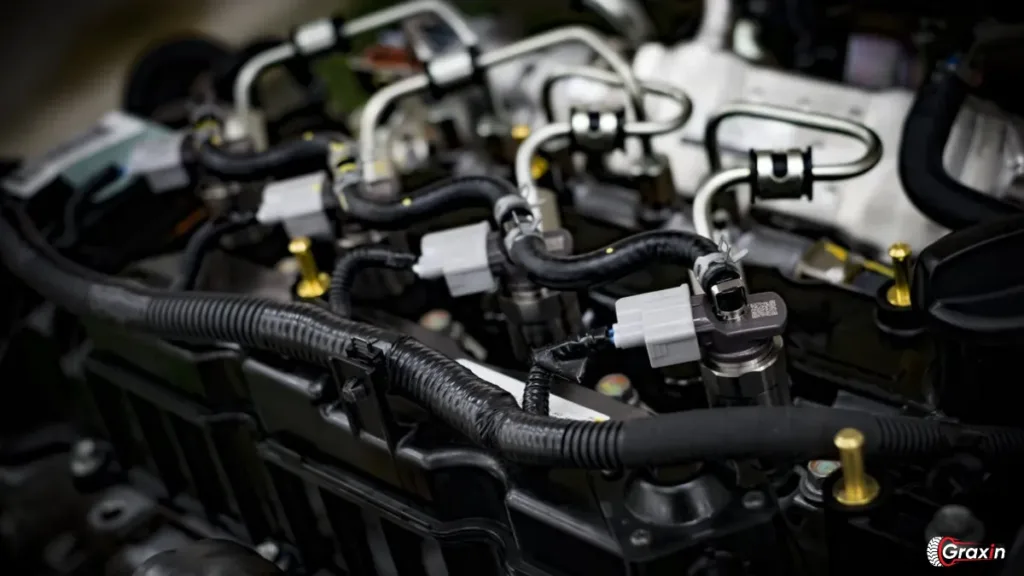
Regular maintenance of fuel lines is essential for ensuring your vehicle runs efficiently and safely. Here are some handy tips:
1. Regular Inspections
- Visual Checks:
- Look for any visible signs of wear, such as cracks, bulges, or leaks.
- Check for signs of rust or corrosion on metal lines.
- Professional Inspections:
- Schedule regular check-ups with a certified mechanic to ensure everything is in good working order.
2. Keep the Fuel System Clean
- Use Fuel Additives:
- Regularly using fuel additives can help clean the fuel system, preventing buildup and clogs.
- Change Fuel Filters:
- Regularly replace fuel filters according to the manufacturer’s recommendations.
3. Monitor Fuel Quality
- Use High-Quality Fuel:
- Using quality fuel can help reduce deposits and prolong the life of your fuel lines.
- Avoid Contaminated Fuel:
- Be cautious about where you fill up, as contaminated fuel can cause serious damage.
4. Replace Old Fuel Lines
- If your vehicle is older and still has its original fuel lines, consider replacing them proactively to avoid issues down the road.
Real Life Example: The Case of the Cracked Fuel Line
Let’s take a look at a real-life scenario to illustrate the importance of maintaining your fuel lines.
Meet Jake and His Classic Mustang
This was a real treat for Jake, taking his pride and joy, his 1968 Mustang, into town for the car show. He filled up his tank then took off, when suddenly he turned through a weird smell. Miles down the road, he was brought to a dead stop on the side of the road with a puddle of gas beneath his car. A closer inspection showed a cracked rubber fuel line that was leaking quite heavily.
He learned how important it is to keep them and check them regularly. A simple check before the car show would have saved him the headache and embarrassment of a being stranded on the road.
Expert Tips for Fuel Line Care
As you navigate the world of fuel lines, consider these expert tips to keep your vehicle running smoothly:
- Invest in Quality Components: Always choose high-quality fuel lines and fittings to ensure safety and durability.
- Follow Manufacturer Guidelines: Stick to your vehicle manufacturer’s recommendations for fuel line types and replacement intervals.
- Stay Informed: Keep up with recalls or safety notices related to fuel systems in your vehicle.
Conclusion
Not the most glamorous piece of car metal, but these lines are crucial to how your engine works and your safety. So let’s take a closer look at the types of lines, common problems, and servicing practices to ensure you get a worry-free ride. The next time you take that highway drive, appreciate those little pipes making it all work!
FAQs
1. How often should I check my fuel lines?
It’s a good idea to inspect your fuel lines at least once every six months, especially in older vehicles.
2. What are the signs of a failing fuel line?
Look for signs like fuel odors, engine misfires, stalling, or visible leaks.
3. Can I replace fuel lines myself?
Yes, if you’re handy with tools and have the right parts, you can replace them. Just ensure you follow the manufacturer’s specifications!
4. How do I clean my fuel lines?
Using fuel system cleaners can help, but if there’s significant buildup, it’s best to consult a professional.
5. Are metal fuel lines better than rubber?
Metal lines are more durable and resistant to high pressure, but rubber lines are more flexible and easier to install. Each has its own advantages based on the application.
Also Read: The 1957 Pontiac: A Classic Car That Defined an Era



